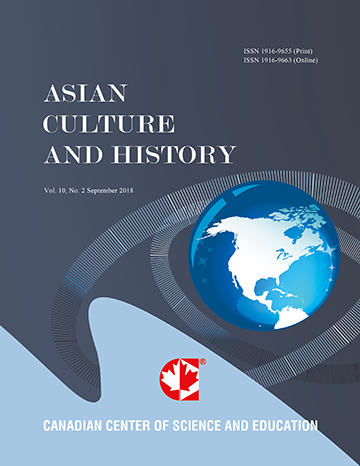On the Characteristic of Temple Complexes in the Near East in the 4th – 3rd Millennia BC
- Liudmila Avilova
Abstract
Investigation of metal is important for understanding relationship between production and ideology in ancient Near East. Metal production in the Eneolithic and Early Bronze Age stimulated transformation of egalitarian society into stratified one. The author traces relation of objects of social and religious significance (interior decorations, anthropo- and zoomorphic sculpture, symbolic weapons and implements) with certain types of sites. From the Neolithic onward metal was used in mortuary practice. In the Early Bronze Age metal production shows relationship with the process of urbanization and formation of early polities. The Middle Bronze Age sees dramatic rise of metal production; valuable and symbolically important finds originate from royal tombs, temples, and treasures. When considering metal finds’ context, the author concludes that in the Near East in the late prehistory, urban civilization, and early states metal actively functioned in sacral sphere. Moreover, ideology to a great extent determined development of metal production.- Full Text:
 PDF
PDF
- DOI:10.5539/ach.v4n2p3
Journal Metrics
Google-based Impact Factor (2017): 5.42
h-index (January 2018): 11
i10-index (January 2018): 21
h5-index (January 2018): 6
h5-median (January 2018): 9
Index
- Academic Journals Database
- CNKI Scholar
- COPAC
- EconPapers
- Elektronische Zeitschriftenbibliothek (EZB)
- Excellence in Research for Australia (ERA)
- Genamics JournalSeek
- Google Scholar
- Infotrieve
- LOCKSS
- MIAR
- NewJour
- Open J-Gate
- PKP Open Archives Harvester
- Publons
- RePEc
- Scilit
- SHERPA/RoMEO
- Standard Periodical Directory
- Technische Informationsbibliothek (TIB)
- The Keepers Registry
- Universe Digital Library
- WorldCat
Contact
- Ivan YongEditorial Assistant
- ach@ccsenet.org
